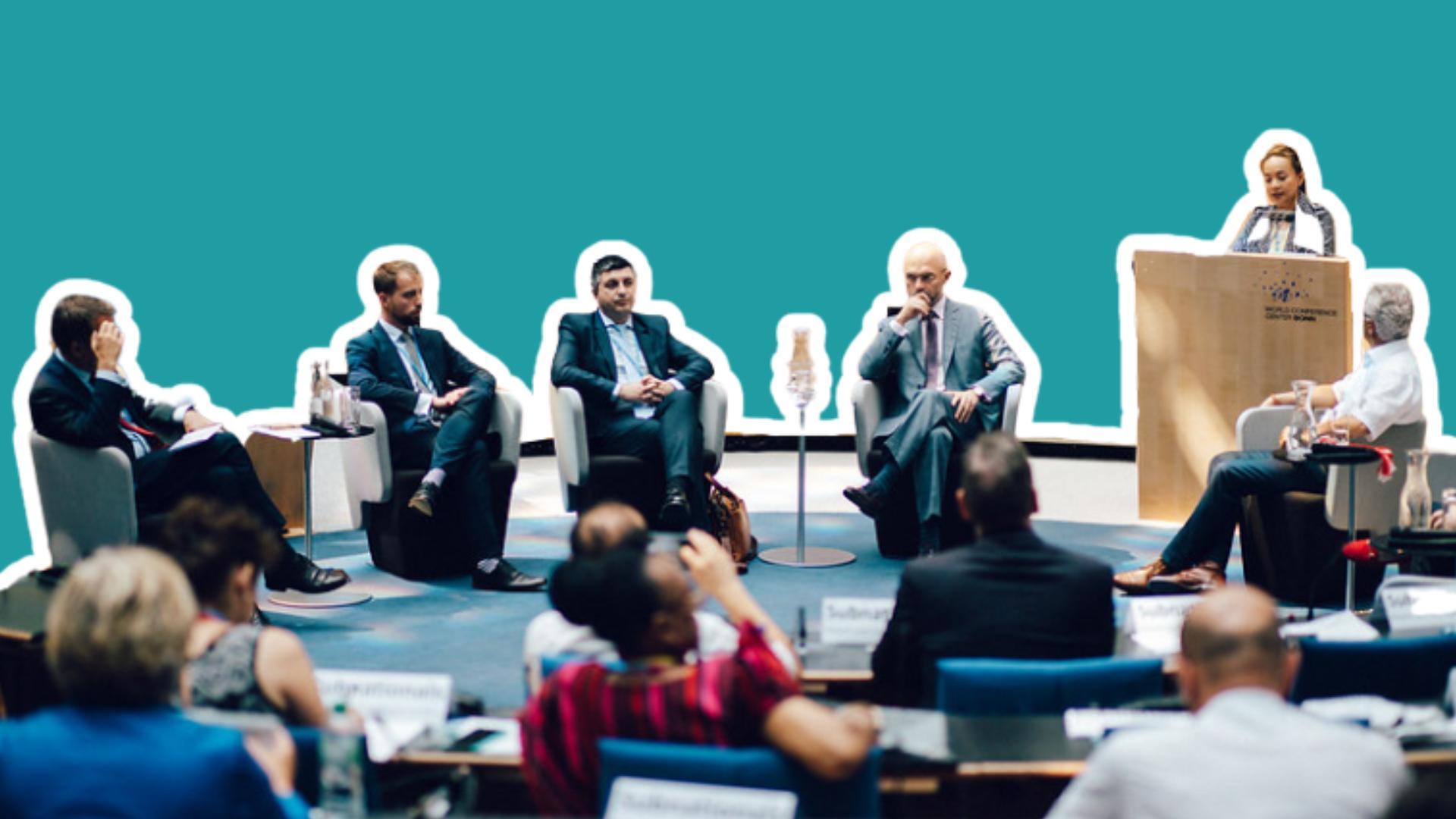Meanwhile, federal policy leadership on climate change in the United States will likely stall as President Trump begins his second term. Trump and his allies have repeatedly denied the reality of climate change and routinely spread disinformation about it. Moreover, he has vehemently opposed recent federal investments in renewable energy, electric vehicles, and other climate solutions. Whatever federal policy progress was made during the Biden Administration may soon unravel.
It is tough to make significant strides with national policy actions if the national policy regime changes with every election, as has been the case in the United States. Moreover, federal policy measures can sometimes be too expensive, inefficient, and slow. And some important recent federal climate investments were mainly designed to placate special interests, not actually reduce greenhouse gas emissions.
—
Maybe it’s time to acknowledge that despite the heroic efforts by many, international diplomacy and national policy leadership in this age of extreme polarization and powerful special interests aren’t getting the job done. While both matter a great deal – and we cannot let our political representatives off the hook – we must engage other leaders to get climate action back on track.
We should exalt extraordinary climate leaders from our neighborhoods, cities, states, and provinces – including elected officials, civil servants, grassroots organizers, non-profit leaders, faith leaders, local entrepreneurs, and other change-makers. We should engage effective climate leaders in start-ups, businesses, investment firms, and philanthropic organizations – leaders leveraging the power of markets, technology, and private capital to accelerate climate solutions. Moreover, we should amplify thought leaders in media, public affairs, science, technology, the arts, and popular culture who are inspiring bold climate action across the globe.
It’s time we have a more expansive vision of climate leadership, one that’s not overreliant on international diplomacy and federal policymaking. Indeed, those of us working in climate know that the most effective leadership often comes from grassroots communities, local and state governments, business leaders, technology innovators, engineers, investors, and philanthropists – not elected officials and diplomats.
Christiana Figueres, perhaps the world’s most impactful climate diplomat, conceded this during last year's New York City Climate Week, declaring that geopolitics was no longer the leading driver of reducing greenhouse gas emissions. Instead, she noted that communities and the real economy – through technological innovation, enlightened business practice, community action, and investment – were now setting the direction for climate action. She noted that, in the past, the “signal” of climate action was driven by geopolitics, and distracting “noise” came from entrenched businesses. But, today, it is reversed. Many businesses (though certainly not all), communities, markets, philanthropists, and investors are leading with clear signals and actions, whereas geopolitics has become a confusing cauldron of distracting noise.
—
Beyond elevating better and bolder climate leadership, we also need to develop new, more strategic approaches to address climate change.
We still spend too much money and time on inadequate solutions and often miss critical opportunities for more effective action. Fortunately, science shows us ways to dramatically improve climate action – making it far more strategic and achieving greater impact in less time, with less money, while offering numerous additional benefits to the world.
What are the keys to unlocking more effective climate strategies? They nearly all stem from science.
First, we need to recognize the importance of time in averting the climate crisis.





